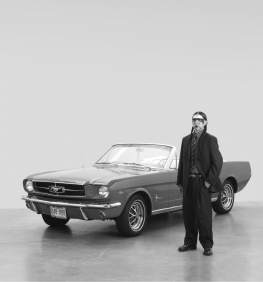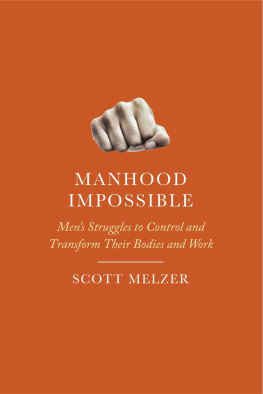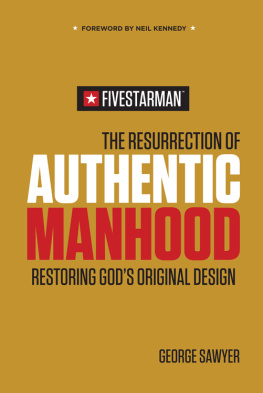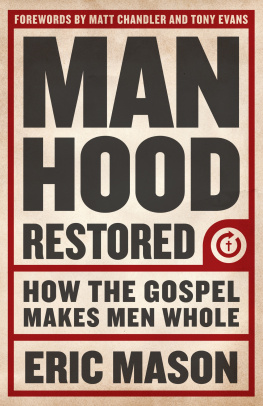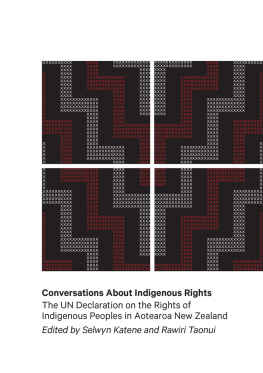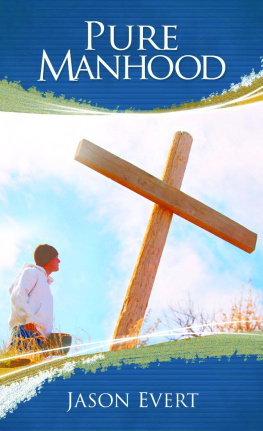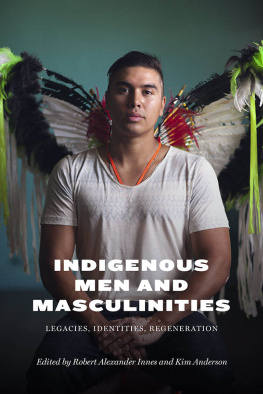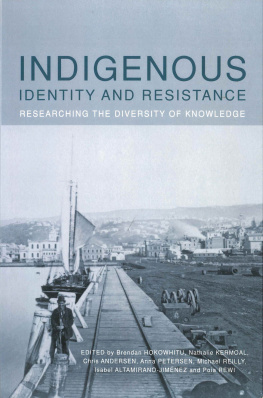Sam McKegney (ed.) - Masculindians: Conversations about Indigenous Manhood
Here you can read online Sam McKegney (ed.) - Masculindians: Conversations about Indigenous Manhood full text of the book (entire story) in english for free. Download pdf and epub, get meaning, cover and reviews about this ebook. year: 2014, publisher: University of Manitoba Press, genre: Home and family. Description of the work, (preface) as well as reviews are available. Best literature library LitArk.com created for fans of good reading and offers a wide selection of genres:
Romance novel
Science fiction
Adventure
Detective
Science
History
Home and family
Prose
Art
Politics
Computer
Non-fiction
Religion
Business
Children
Humor
Choose a favorite category and find really read worthwhile books. Enjoy immersion in the world of imagination, feel the emotions of the characters or learn something new for yourself, make an fascinating discovery.
- Book:Masculindians: Conversations about Indigenous Manhood
- Author:
- Publisher:University of Manitoba Press
- Genre:
- Year:2014
- Rating:4 / 5
- Favourites:Add to favourites
- Your mark:
- 80
- 1
- 2
- 3
- 4
- 5
Masculindians: Conversations about Indigenous Manhood: summary, description and annotation
We offer to read an annotation, description, summary or preface (depends on what the author of the book "Masculindians: Conversations about Indigenous Manhood" wrote himself). If you haven't found the necessary information about the book — write in the comments, we will try to find it.
Masculindians: Conversations about Indigenous Manhood — read online for free the complete book (whole text) full work
Below is the text of the book, divided by pages. System saving the place of the last page read, allows you to conveniently read the book "Masculindians: Conversations about Indigenous Manhood" online for free, without having to search again every time where you left off. Put a bookmark, and you can go to the page where you finished reading at any time.
Font size:
Interval:
Bookmark:

Masculindians
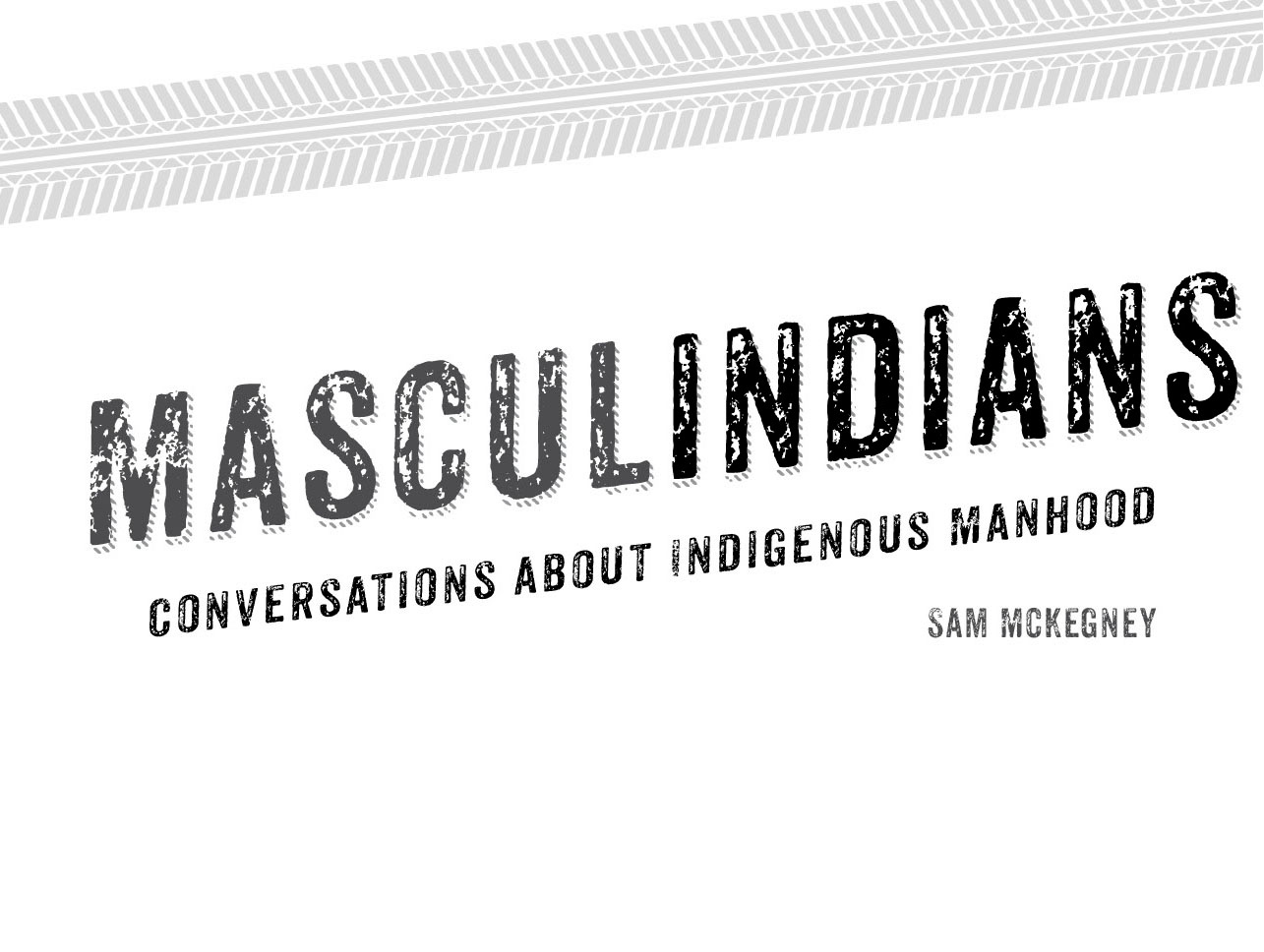
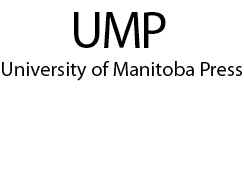
University of Manitoba Press
Winnipeg, Manitoba
Canada R3T 2M5
uofmpress.ca
Sam McKegney 2014
Epub text based on 2nd printing, with corrections (March 2014)
18 17 16 15 14 2 3 4 5
All rights reserved. No part of this publication may be reproduced or transmitted in any form or by any means, or stored in a database and retrieval system in Canada, without the prior written permission of the University of Manitoba Press, or, in the case of photocopying or any other reprographic copying, a licence from Access Copyright (Canadian Copyright Licensing Agency). For an Access Copyright licence, visit www.accesscopyright.ca, or call 1-800-893-5777.
Cover design: Mike Carroll
Cover image: Daddys Gotta New Ride (2008) from The Mustang Suite,
C-print on archival paper, edition of four, plus two artist prints, 48 x 60 in,
by Dana Claxton. Interior design: Jessica Koroscil
Library and Archives Canada Cataloguing in Publication
McKegney, Sam, 1976, author, interviewer
Masculindians : conversations about indigenous manhood / edited by Sam
McKegney.
Includes bibliographical references and index.
Issued in print and electronic format.
ISBN 978-0-88755-762-0 (pbk.)
ISBN 978-0-88755-443-8 (PDF e-book)
ISBN 978-0-88755-442-1 (epub e-book)
1. Indians of North AmericaPsychology. 2. Indians of North America Attitudes. 3. Indians of North AmericaInterviews. 4. MenCanada
Psychology. 5. MenCanadaAttitudes. 6. MenUnited StatesPsychology. 7. MenUnited StatesAttitudes. 8. Masculinity Psychological aspects. I. Title.
E98.P95M35 2014 970.00497
C2013-903497-8 C2013-903498-6
The University of Manitoba Press gratefully acknowledges the financial support for its publication program provided by the Government of Canada through the Canada Book Fund, the Canada Council for the Arts, the Manitoba Department of Culture, Heritage, Tourism, the Manitoba Arts Council, and the Manitoba Book Publishing Tax Credit.
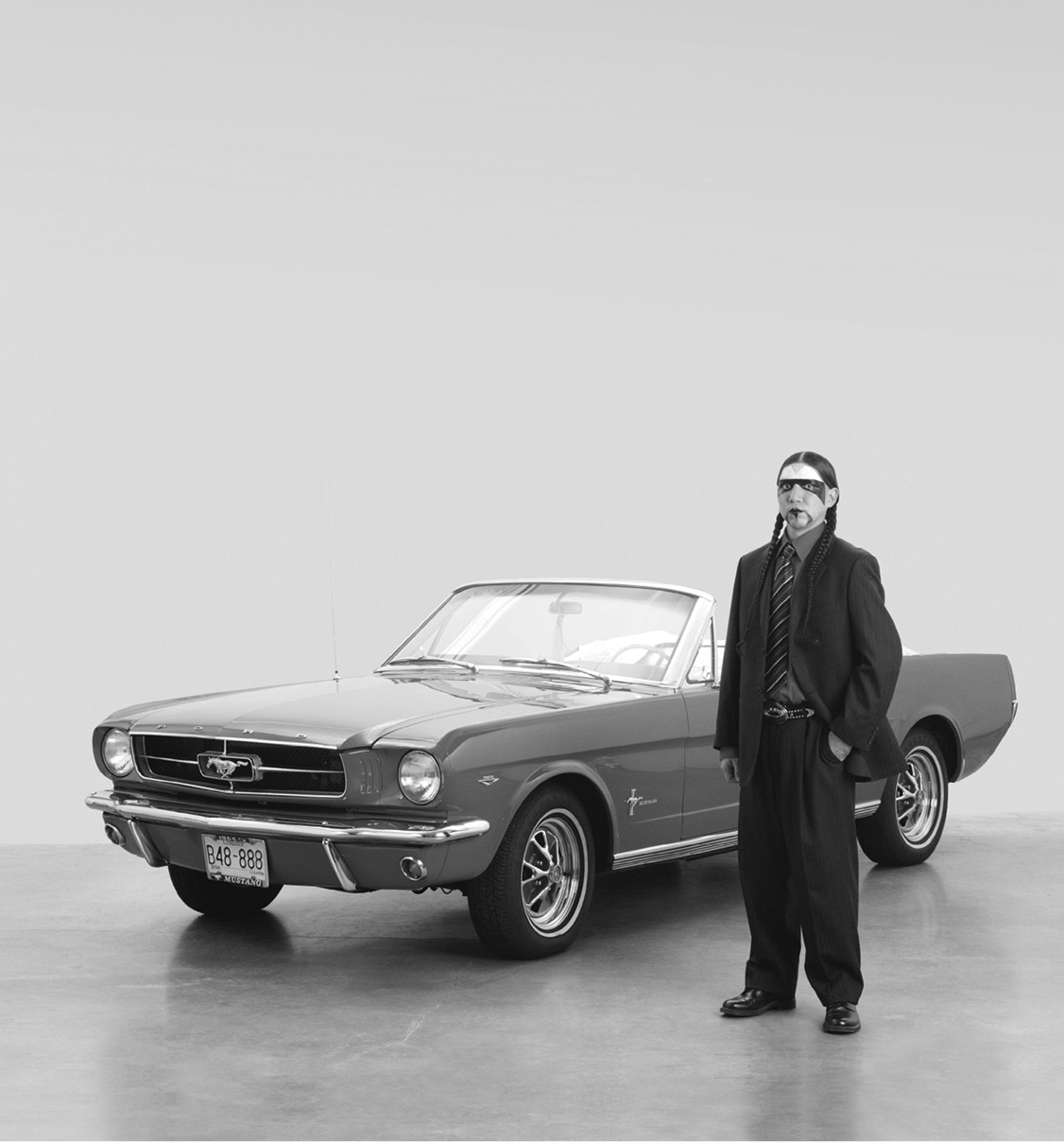

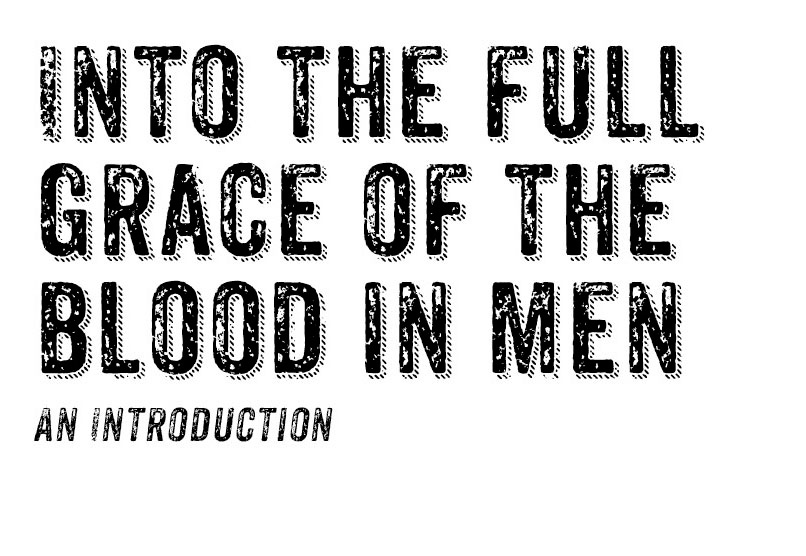

SAM MCKEGNEY is a settler scholar of Indigenous literatures. He grew up in Anishinaabe territory on the Saugeen Peninsula along the shores of Lake Huron and currently resides with his partner and their two daughters in traditional lands of the Haudenosaunee and Anishinaabe peoples where he is an associate professor at Queens University. He has written a book entitled Magic Weapons: Aboriginal Writers Remaking Community after Residential Schoo l (University of Manitoba Press, 2007) and articles on such topics as environmental kinship, masculinity theory, prison writing, Indigenous governance, and Canadian hockey mythologies.
I FIRST USED THE TERM MASCULINDIANS a few years back to highlight the constructedness of popular cultural representations of Indigenous men. Built from a collision between the floating signifiers masculine and Indian, the term draws attention to the settler North American appetite for depictions of Indigenous men that rehearse hypermasculine stereotypes of the noble savage and the bloodthirsty warrior (as well as their ideological progenythe ecological medicine man, the corrupt band councillor, and the drunken absentee). As Brian Klopotek argues, For at least the last century, hypermasculinity has been one of the foremost attributes of the Indian world that whites have imagined. With squaws and princesses usually playing secondary roles, Indian tribes are populated predominantly by noble or ignoble savages, wise old chiefs, and cunning warriors. These imagined Indian nations comprise an impossibly masculine race (251). Taiaiake Alfred explains the colonizing function of such impossibl[e] masculin[ity] later in this volume, arguing that theres no living with it because its not meant to be lived with; its meant to be killed, every single time. Theyre images to be slain by the white conqueror. The term Masculindians acknowledges the ubiquity and influence of this regime of images, while drawing attention to the imbricated nature of race and gender in settler colonial imaginaries.
In Gerald Vizenors terms, the word Indian is, after all, a manifest manner; it is a simulation incapable of representing the complexity of Indigenous lived experience, marking instead the absence of real natives[the] contrivance of the other in the course of dominance (vii). Reducing diverse histories, worldviews, and modes of existence to a static constellation of tropes, the concept of the Indian both domesticates difference and dilutes specificity. Indians , Vizenor argues, are immovable simulations, the tragic archives of domination and victimry (ixx) that portray a sense of fixity that is anathema to meaningful Indigenous continuance. Like the simulation Indian, the simulation masculinity points more to a historical, ideological process (Bederman 7) than to particular qualities or discernible identities. Gail Bederman defines manhood as the process which creates men by linking male genital anatomy to a male identity, and linking both anatomy and identity to particular arrangements of authority and power. Logically, this is an entirely arbitrary process. Anatomy, identity, and authority have no intrinsic relationship. Only the process of manhoodof the gender systemallows each to stand in for the others (78). I tend to think of masculinity as a tool for describing the qualities, actions, characteristics, and behaviours that accrue meaning within a given historical context and social milieu through their association with maleness, as maleness is normalized, idealized, and even demonized within a web of power-laden interpenetrating discourses. Particularities of culture and history inevitably inform the makeup of the web, and movement among social contexts inevitably causes particular threads of discourse to gain prominence or to recede into the background as masculinity is conceived and expressed differently in kitchens and workplaces, in classrooms, bars, and bedrooms. Yet what comes to be considered masculine within a given context necessarily falls short of capturing the complex experiences of individual men, even as this constellation of meanings continues to influence how mens identities are lived and understood.
The arbitrary process of masculinity is, of course, complicated in contemporary Indigenous contexts by the layering of racialized, patriarchal gender systems over preexisting, tribally specific cosmologies of genderimpositions conducted through colonial technologies like the residential and boarding school systems, legislative alterations to Indigenous structures of governance by the Indian Act in Canada and the Bureau of Indian Affairs in the U.S., and the forced removal of Indigenous communities from traditional hunting and fishing grounds to reserves and reservations. As Mark Rifkin illustrates in When Did Indians Become Straight? , the attack on native social formations conducted in the name of civilization constituted an organized effort to make Eurocentric notions of gender compulsory as a key part of breaking up indigenous landholdings, detribalizing native peoples, [and] translating native territoriality and governance into the terms of liberalism and legal geography (56). In other words, the manipulation of Indigenous gender systems constituted a key element of dispossessive colonial policy in both Canada and the U.S. And, as South African writer Njabulo Ndebele asked evocatively after I had presented on some of these issues at a symposium, If we are unable to see and imagine the land, how can we answer the question, what is masculinity? Yet, over the past quarter century, Indigenous womens groups, Indigenous mens groups, and Indigenous feminist and queer/Two-Spirit activists and scholars have been struggling to locate, theorize, and affirm traditional nation-specific understandings of gender in order to restore senses of rootedness and balance that might overturn the insidious normalization of settler heteropatriarchy on Turtle Island. As a result, contemporary Indigenous negotiations of gender identity are often conditioned by the interplay among a variety of Indigenous and non-Indigenous discourses (from filmic representations to the news media to what is taught in schools to what is modelled in families to traditional teachings and so on).
Font size:
Interval:
Bookmark:
Similar books «Masculindians: Conversations about Indigenous Manhood»
Look at similar books to Masculindians: Conversations about Indigenous Manhood. We have selected literature similar in name and meaning in the hope of providing readers with more options to find new, interesting, not yet read works.
Discussion, reviews of the book Masculindians: Conversations about Indigenous Manhood and just readers' own opinions. Leave your comments, write what you think about the work, its meaning or the main characters. Specify what exactly you liked and what you didn't like, and why you think so.

